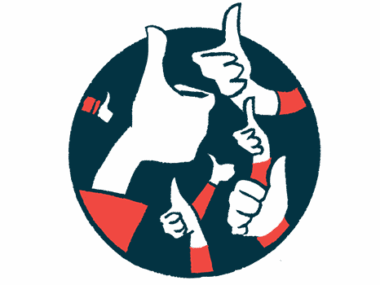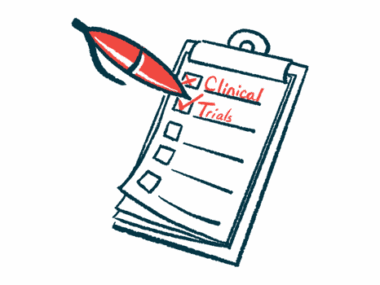Modeyso added to NCCN guidelines for rare brain cancer
Drug approved in August for diffuse midline glioma with H3 K27M mutation
Written by |

The National Comprehensive Cancer Network (NCCN) has updated its clinical practice guidelines to include Modeyso (dordaviprone) as an appropriate option for a rare recurrent or progressive high-grade glioma.
The medication from Jazz Pharmaceuticals was approved last month by the U.S. Food and Drug Administration (FDA) under an accelerated pathway for adults and children aged 1 and older with a diffuse midline glioma carrying an H3 K27M mutation that has come back or worsened after previous treatment.
“The rapid addition of Modeyso to the NCCN guidelines — in both the Pediatric Central Nervous System Cancers and Central Nervous System Cancers guidelines — reflects the urgency of the unmet need that patients are faced with when diagnosed with this devastating and aggressive brain tumor,” Kelvin Tan, chief medical affairs officer of Jazz, said in a company press release.
Gliomas form in the glial cells that support and protect nerve cells in the brain and spinal cord. In diffuse midline gliomas, a K27M mutation in the histone H3 gene causes glial cells to become fast-growing cancer cells. This type of cancer tends to spread aggressively and has a poor outcome with limited treatment options.
What is Modeyso and what are its effects on glioma?
Modeyso is a once-weekly oral medication that interferes with processes cancer cells use to survive and multiply. In lab studies, Modeyso triggered stress responses that caused cancer cells to die. It also restored normal function to histone H3, which is disrupted in H3 K27M-mutant diffuse midline glioma.
Its approval drew on data from 50 adults and children with recurrent H3 K27M-mutant diffuse midline glioma who were treated with Modeyso as part of one of five open-label clinical trials. Eleven patients (22%) responded to treatment for a median of 10.3 months, with most (73%) maintaining their overall objective response for at least six months and some (27%) for at least one year. Overall objective response indicates a reduction in the glioma’s size.
Modeyso’s safety profile was evaluated in 376 patients in four clinical trials. Common side effects included fatigue, headache, vomiting, nausea, and musculoskeletal pain. Serious side effects occurred in 33% of patients, with fluid building up in the brain, called hydrocephalus, being the most frequent one.
Modeyso is now included in the NCCN clinical practice guidelines as a category 2A treatment option. This indicates there is uniform consensus — by at least 85% of the panel members — that it’s appropriate, based on lower-level evidence.
“We are proud to bring Modeyso to patients in the U.S. as the first treatment option for recurrent H3 K27M-mutant diffuse midline glioma, representing a meaningful shift in the treatment landscape for patients and their families,” Tan said.
A Phase 3 clinical trial called ACTION (NCT05580562) is testing Modeyso in up to 450 newly diagnosed patients with H3 K27M-mutant diffuse midline glioma following radiotherapy. The data will determine if the accelerated approval is converted to full approval.







